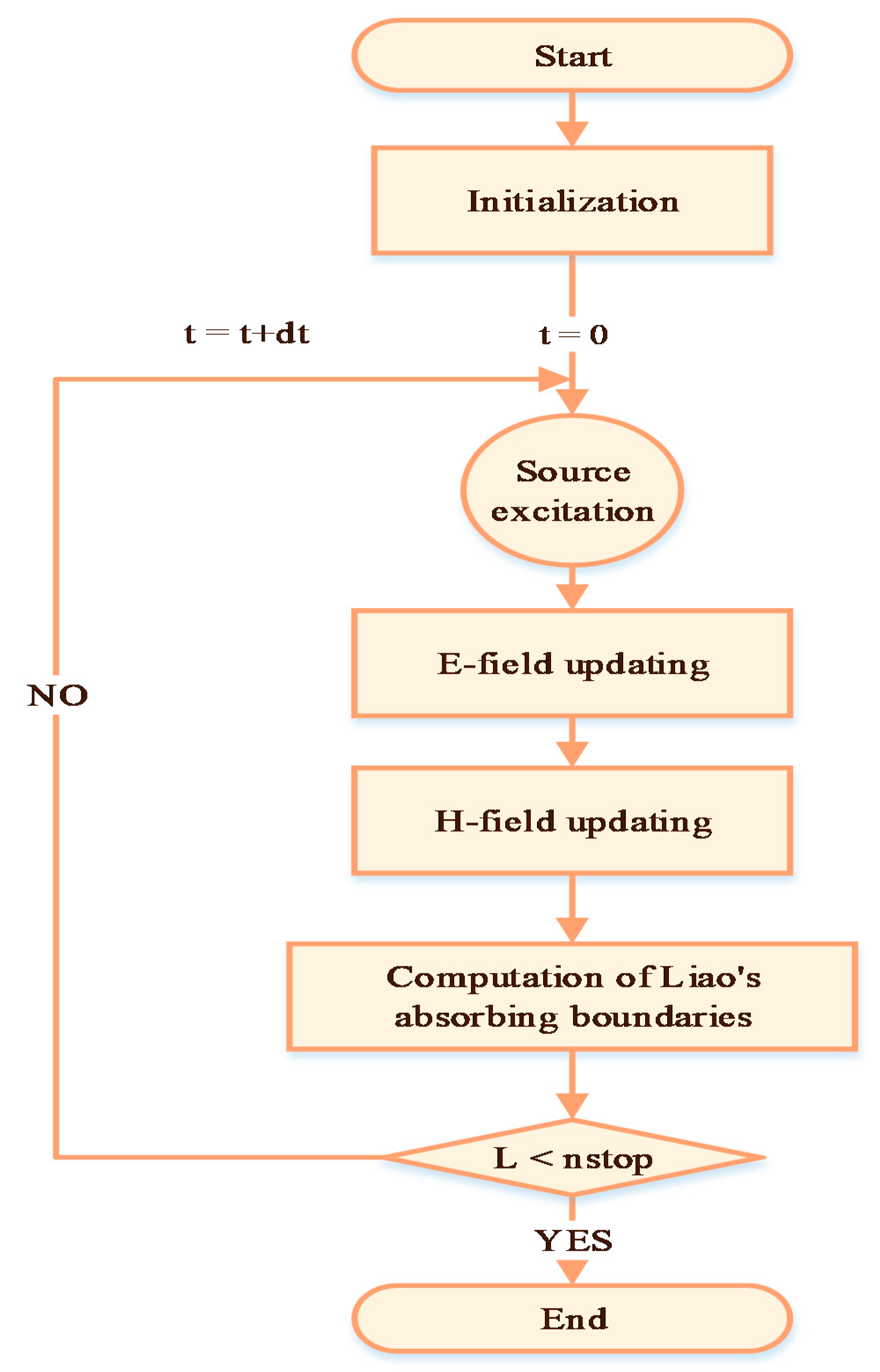

Finite-difference time-domain or Yee's method named after the Chinese American applied mathematician Kane S. The PML conductivity profile employs the empirical optimal value from. It is primarily based on a staggered grid dispersion minimizer second order finite differences stencil first proposed in, using PML. Linear, nonlinear, static, and dynamic problems are considered separately to demonstrate the robustness of the methods. The finite-difference time-domain FDTD method which is presented by Yee in has been one of the most widely used methods in electromagnetic simulation. Symbol d is the total thickness of the PML, m is the degree of polynomial. Please help me!! Lecture 23 (FDTD) - 3D FDTD Im getting the book next week, but I'd like to get a start with the code Tafloves book 2ed edition it are 3 examples for 1d, 2d and 3d FDTD. Has anyone a complete set of Tafloves and hagnesses code. Does anyone have some sample matlab code for this? Thanks, Martin. For a better experience, please enable JavaScript in your browser before proceeding. Media New media New comments Search media. Constitutive equations.Forums New posts Search forums. Poisson and Laplace equations.Ĭontinuity equation. If you find broken links, please email either james. This schedule may be adjusted throughout the semester. Cela to add your email to the meeting list.

In these, information and opportunities specific about these topics is discussed.Ĭontact Dr. These two models represent anatomically correct chest and head slices of a human male, to be used for the projects on implantable antennas. Physical chemistry problems and solutions pdfĭeadlines, rules, and deliverables for term projects. Cite As Scott Hudson Numerical Methods for Electromagnetics.ĭepartment of Electrical and Computer Engineering. One dimensional finite-difference time-domain EM code. You are now following this Submission You will see updates in your activity feed You may receive emails, depending on your notification preferences. Other MathWorks country sites are not optimized for visits from your location. Select the China site in Chinese or English for best site performance. Based on your location, we recommend that you select. Choose a web site to get translated content where available and see local events and offers. Some references would be a nice addition for the students. I m having difficulty with Absorbing boundary conditions and amplitude of the field goes on incresing after some iterations. Scott Hudson Retrieved October 10, Can someone please write the equations governing the code? I have a few questions on the variables introduced. Useful for helping students to visualize reflection, transmission, wave velocity and impedance concepts.

Updated 18 Apr A simple one-dimensional finite-difference time-domain FDTD electromagnetic routine that allows the user to specify arbitrary permittivity, permeability and conductivity profiles.


 0 kommentar(er)
0 kommentar(er)
